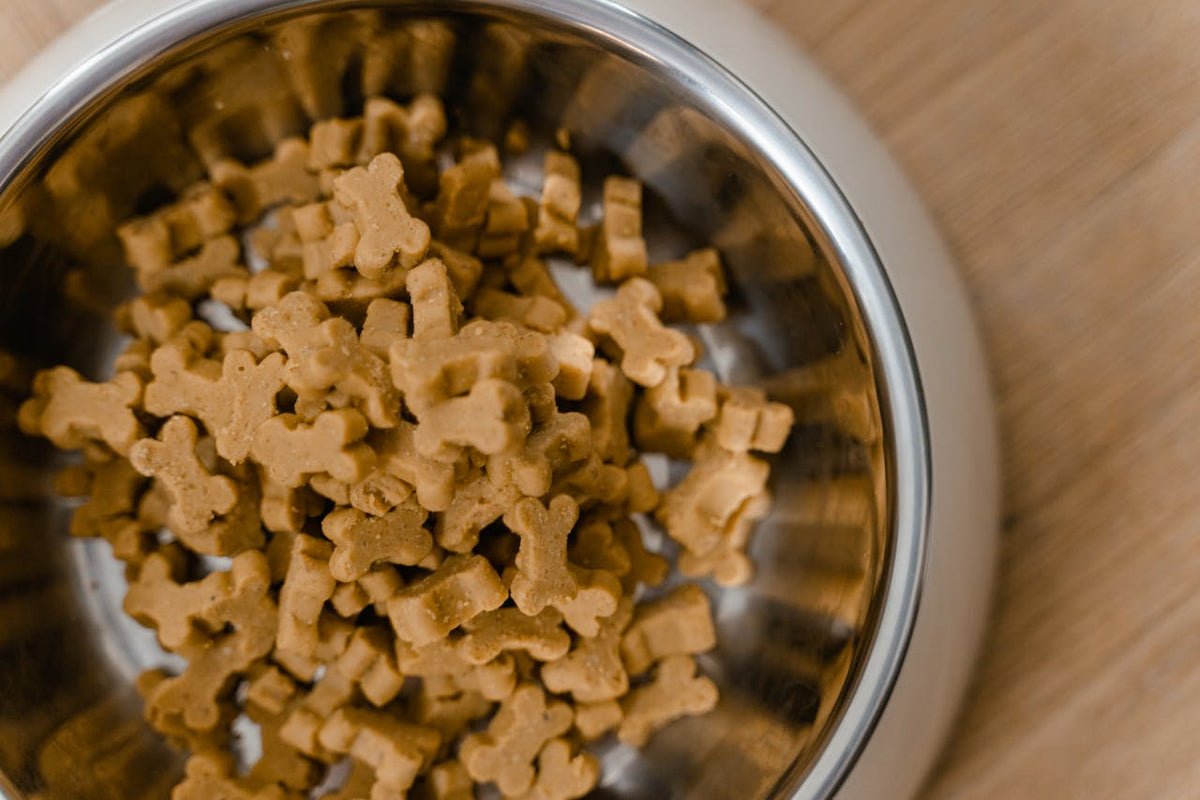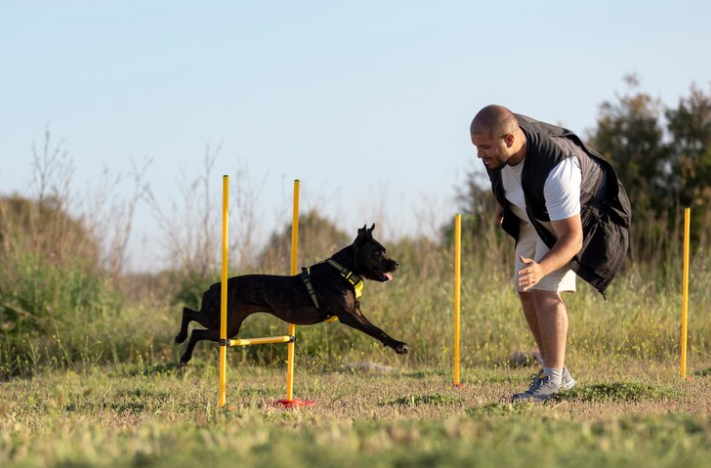Like human food, it’s important to store pet food properly to keep it fresh and discourage unwanted critters. Wet and dry food require different storage methods and have drastically different shelf lives. Here’s what you need to know when it comes to storing dog and cat food.
Storing Dry Pet Food
Dry food offers many benefits to dogs and cats. For one thing, it’s easy to incorporate kibble into interactive toys to provide your pet with a fun, mentally stimulating activity. Dry food also encourages chewing, which helps loosen plaque and tartar buildup on your pet’s teeth.
In addition to promoting your pet’s dental health, dry food is usually easier on your wallet. Many dry foods tend to be less costly than wet options.
How Long Does Kibble Last?
One of the reasons dry pet food helps stretch your dollar further is that it has a relatively long shelf life. Kibble also lasts longer than wet food once you open it.
On average, unopened bags of dry pet food usually last anywhere from one year to 18 months. When purchasing your pet’s food, make sure to check the expiration date on the packaging. Once you open the bag, the shelf life drops to anywhere from 6 weeks to about three months, depending on how you store it.
What Kind of Container Is Best for Dry Pet Food?
Storing dry food in an airtight container in a cool location is ideal, and it keeps out critters and bugs. If you want to keep food in the original bag, that’s fine. However, for optimal freshness, put the bag in a sealed container (roll the bag down as far as it will go and use a clip to seal it).
If you remove the food from the original packaging, don’t forget to transfer the expiration date to your storage container. If you don’t think you will use a bag of pet food within a couple of months of opening it, consider buying smaller bags.
If you have large dogs or multiple pets, buying bigger bags can save you money, but they can be cumbersome. To make it easier to handle, divide the bag into two bins, or look for a rolling pet food container.
Storing Wet Pet Food
Wet pet food is a great pick for pets who need to improve their water intake or may struggle to eat dry food because of sensitive teeth or dental problems. Pets with decreased appetites often fare better with canned food because it tends to be more flavorful.
Another plus of wet food is the ability to spread it onto a treat mat if you need to give your pet something to do or help them calm down during stressful situations. The downside of canned food is that it has a much shorter shelf life once you open it.
How Long Can You Store Wet Pet Food?
If you have cans of unopened pet food, it’s fine to store it for several months or longer in a cool, dry place. Basically, you’re fine storing it this way until the expiration date that is printed on the can.
However, once you open a can of wet pet food, it’s a different story. Unlike dry food, you can’t leave wet food sitting out in your pet’s food dish until they eat it. Within two hours, it’s best to pick up any remaining wet food. Put it back in the can, cover it with a lid cover, and store it in the fridge.
For storage spans of opened wet pet food, follow the instructions on the packaging. Most canned food will suggest serving it within 24 hours of opening. However, some are good for 5 to 7 days in the fridge. However, the best practice is to make the remaining amount your pet’s next meal before you open another can.
What Kind of Container Should You Use for Wet Pet Food?
It’s fine to keep wet pet food in its original can. Cover it with a silicone cover to seal in freshness and protect it from bacteria, and put it in the refrigerator.
If for some reason your pet won’t finish a can of food within a few days, you can freeze the unused portion. Put the food in a freezer-safe, airtight container or a freezer bag. Freezing the food flat will allow it to thaw faster when the time comes.
Alternatively, you can portion the food into an ice cube tray and cover it with plastic wrap or slide it into a freezer bag. To thaw frozen pet food, place it in the fridge between 24 and 48 hours before you plan to serve it. If your dog or cat doesn’t like cold food, let it sit at room temperature for about 10 to 15 minutes before you give it to them.
How Do You Know If Pet Food Has Gone Bad?
You can pretty much tell pet food has gone bad in the same way you would crinkle your nose at human food. If the food looks or smells off, has mildew or mold on it, or is expired, consider it unsafe. Certain molds on pet food can lead to poisoning and make your pet very ill.
If your dog or cat refuses to eat the food, this could also be a sign that something isn’t right with it. See if your pet will eat other things normally and is otherwise healthy. Get a fresh bag or can of food and serve it to your pet. If they eat it no problem, you know something was up with the old batch.
Other Reasons To Toss Dry or Wet Pet Food
Even if your pet’s food seems okay, if it’s beyond its expiration date it’s going to have lost some of its nutritional value. If you’ve never opened the bag, nutrients still start to break down after a certain time. Therefore, the food becomes inadequate in terms of quality and meeting your pet’s dietary needs.
If your dog or cat’s food is within its expiration period, there are still some reasons to consider tossing it.
- Critters and Pests — If you notice any critters in your pet’s food, throw it out. Certain pests, like weevils, may not be harmful. However, others, like cockroaches, can carry diseases that could transfer to your furry friend. You don’t want to unwittingly pass any illnesses or toxins onto your pet. If bugs in your pet’s food is a common problem, you should consider getting a Neater Feeder.
- Improper Storage Environment — It’s important to keep pet food in a cool, dry place. Once you open canned food, you need to store it in the fridge or freezer. If pet food is left in extreme heat or humidity, toss it. Likewise, if you realize your pet’s wet food has been sitting out for over a couple of hours, throw it out.
- Contamination —We mentioned mold and mildew previously, but it’s also important to throw out any pet food contaminated with potentially harmful ingredients. For example, something falls into your pet’s food, or your pet’s food has an active recall. If it’s the latter, contact the manufacturer about a rebate offer

Keep Your Furry Friend Healthy and Store Pet Food Properly
Whether you choose wet or dry pet food, or you decide to make homemade dog food or kitty kibble, proper storage is critical. Pay attention to the expiration date on your pet’s food and store it in a cool, dry place. Once you open wet food, keep it in the fridge or freezer no longer than the recommended storage time.
For more helpful tips on keeping your pet healthy and safe check out the rest of the Neater Pets blog.




